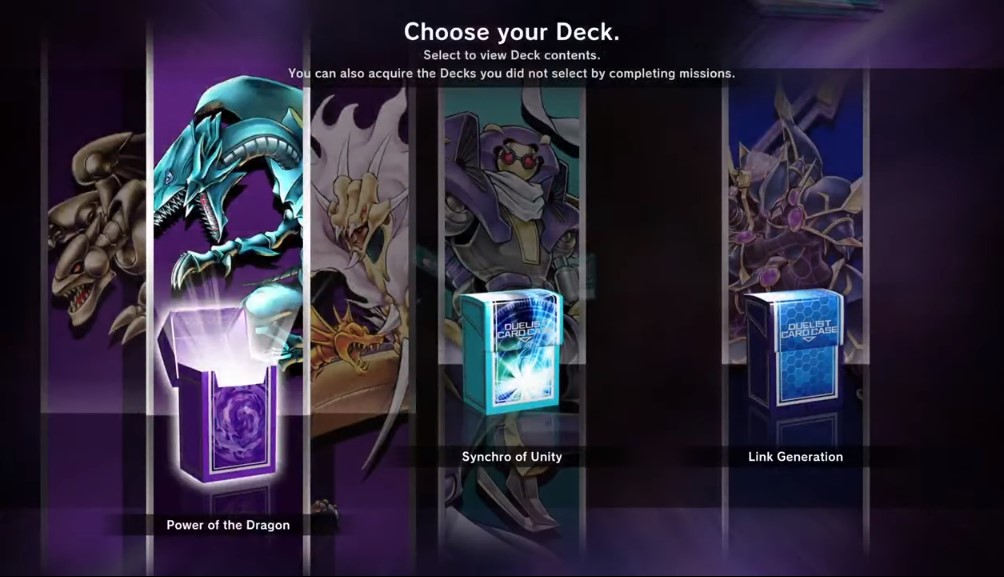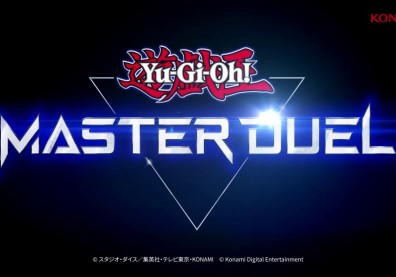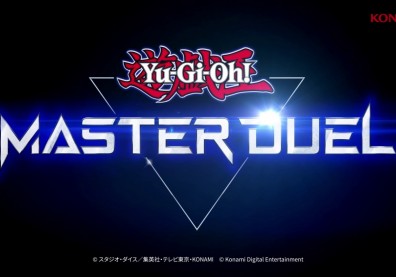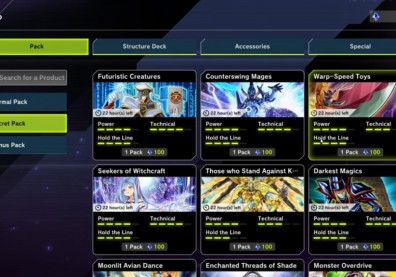
Konami just released Yu-Gi-Oh! Master Duel yesterday on PlayStation 4, PlayStation 5, Xbox One, Xbox Series X|S, Nintendo Switch, and PCs through Steam, giving players, both new to the Trading Card Game (TCG), as well as its veterans who experienced playing it on paper, a new free-to-play access to play Yu-Gi-Oh! Digitally.
The said digital card game, which can rival with other similar games such as Magic: the Gathering Arena, Hearthstone, and Runeterra, aims to combine the core experiences of both the rulings of the TCG and the Official Card Game (OCG) in order to create a way for them to play its Traditional Formats using more than 10,000 cards that are available in its database.
But in order to start their progression within the game, they must first select one of the three Structure Decks that Yu-Gi-Oh! Master Duel will give to them.
The Structure Decks in Master Duel
As mentioned earlier, there three Structure Decks that players can choose from in Yu-Gi-Oh! Master Duel. Each of these decks hold different summoning mechanics that shaped the card game, as well as strategies that they can master as they move forward.
READ ALSO: 'Yu-Gi-Oh! Master Duel' Guide: Release Date, Will it Have Cross-Play Feature, Other Things to Expect
The first Structure Deck, the Power of Dragon, according to The Gamer, contains cards that came from Yu-Gi-Oh!'s old days such as the iconic Blue Eyes White Dragon, a Level 8 LIGHT Dragon-type Normal Monster with 3000 ATK and 2500 DEF, and Lord of D., a Level 4 DARK Spellcaster-type Effect Monster with 1200 ATK and 1100 DEF.
The deck's focus on pulling out the aforementioned Dragon-type Monster using the effect of The Flute of Summoning Dragon, a Normal Spell Card that players can activate as long as Lord of D. is on the field.
Once activated, they can summon up to 2 Dragon-type Monsters from their hand, making it an instant way to summon two Blue Eyes White Dragons to the field.
Aside from the aforementioned strategy, the deck also focused on Fusion Summoning monsters such as King Dragun, a Level 7 DARK Dragon Fusion Monster, which can be summoned from the Extra Deck to the Field using Lord of D. and Divine Dragon Ragnarok as the material.
Once it is on the field, their opponents will not target any Dragon-type Monsters on the field with card effects, while they can Special Summon a Dragon-type Monster from their Hand to the Field.
Another Fusion Monster that is on the Structure Deck is the Five-Headed Dragon, a Level 12 DARK Dragon Fusion Monster that can be Fusion Summoned using any five Dragon-type Monsters. This card cannot be destroyed by battle with either a DARK, EARTH, WATER, FIRE, or WIND Monster.
Other Monsters that are included in the Power of the Dragon Structure Deck include three copies of the Level 4 version of Luster Dragon, as well as a copies of Twin-Headed Behemoth and Strong Wind Dragon, and two copies each of The Dark Hex-Sealed Fusion, Kidmodo Dragon, Lancer Dragonute, Axe Dragonute, and Kaiser Glider.
Other Spell Cards that are in the deck aside from The Flute of Summoning Dragon are three copies of Stamping Ground, as well as two copies each of Back to Square One, Fusion Substitute, Rush Recklessly, and Silver's Cry, while Trap Cards such as two copies of Ring of Destruction, Threatening Roar, and Defense Draw are also in there.
The Power of the Dragon Structure Deck, according to Try Hard Guides, can be a great option to players who are new to the card game itself, making them familiarized with the its summoning mechanics, as well as how Spell and Trap Cards work, due to its simplicity.
If they players are familiar with the card game itself, especially its advanced summoning mechanics, they can also choose either of these two Structure Decks, Synchro of Unity and Link Generation.
The Synchro of Unity Structure Deck, as its name suggest, focused more on the Synchro Summoning, a mechanic where they can summon a Synchro Monster from the Extra deck by using a Tuner Monster and one or more Monsters as long as their combined levels are the same as the Monsters that will be summoned.
Tuner Monsters included in the Structure Deck includes two copies of Turbo Synchron and Nitro Synchron, as well as three copies of Junk Sychron, while other Monsters such as three copies each of Speed Warrior and Max Warrior, as well as two copies each of Shield Wing, Shine Knight, Rockstone Warrior and Turret Warrior, and a copy of Tasuke Knight are also added.
Spell Cards such as two copies of The Warrior Returning Alive, which can be a great help in extending their plays as well as returning Warrior-Type Monsters from the Graveyard to their Hand, as well as two other copies each of Synchro Blast Wave and Shard of Greed, and three copies each of Mystical Space Typhoon and Half Shut are in the deck.
Trap Cards such as two copies of Kunai with Chain and Synchro Deflector can help them disrupt attacks, while the two copies of Limiter Overload can add a Speed Warrior from the Graveyard.
The Structure Deck's Extra Deck will have decent Synchro Monsters such as Junk Warrior, Flamvell Uruquizas, Turbo Warrior, Nitro Warrior, and Colossal Fighter.
Finally, the Link Generation Structure Deck will introduce the players to the Link Summoning mechanic, which lets them summon Link Monsters after sacrificing number of monsters, depending on the card's requirement.
These monsters have red pointers that are on the corners and the sides of the card art, and they can provide effects to either the cards that its points to or to itself, depending on how many cards it landed on the Monster Zones it pointed to.
The said Structure Deck also feature the Cyberse-type Monsters, which sports a futuristic cyber-mecha theme. These include two copies each of Proton, Digitron, Supression Collider, Bitrooper, Link Streamer, and Dual Assembwurm, as well as three copies each of Texchanger, Launcher Commander, and Bravedrive, as a copy of Backlinker.
Also included in the Structure Deck are the aforementioned Link Monsters such as Link Spider, LANphorhynchus, Progleo, Decode Talker, and Rasterliger.
Spell and Trap Cards such as two copies each of Cynet Universe, Link Bound, Spool Code, Cyberse Beaconm and Cynet Cascade can help the deck's Link Monster-centric strategy as they can either boost ATK points, return monsters to the Extra Deck, or summoning one to the Field.
Other cards included in the deck are two copies each of Share the Pain, Blustering Winds, Parallel Twister, and Jelly Cannon.
If they want to master either Synchro Summoning or Link Summoning in the game from the get go, they can choose either one of the said decks.
Once they have either one of these Structure Decks, they can now play the game, where they can earn Gems. These Gems, according to Siliconera, can be used in purchasing on Card Packs and other pre-made Structure Decks, which they can add to their existing decks or to made a new one.









